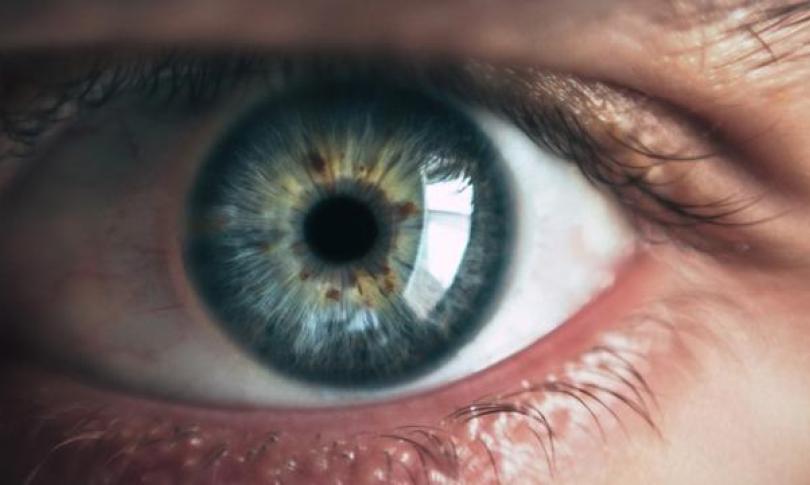
Jessica Ahedor
When Kwaku Boateng, a 49-year-old mechanic from Bakaano,a surburb of Cape Coast in the Central Region of Ghana noticed he was struggling to see road signs clearly, after a test-drive of a car he’s just worked on he blamed it on long hours and old age. But after a visit to the eye clinic, the diagnosis stunned him: early-stage cataracts — accelerated, his doctor explained, by decades of cigarette smoking.
“I never thought smoking could hurt my eyes,” Boateng confessed. “I always heard about lungs and cancer. Nobody told me it could blind me.”
A study led by Ghanaian researcher Randy Asiamah, from the School of Optometry and Vision Sciences, University of Cape Coast, Ghana and his team has cast a stark spotlight on this very issue. Published recently in the European Journal of Ophthalmology, the study presents what may be the most comprehensive synthesis yet on smoking’s impact on eye health. Its conclusion is sobering: smokers are up to twelve times more likely to develop age-related macular degeneration (AMD), six times more likely to develop cataracts, and three times more likely to develop primary open-angle glaucoma (POAG) compared to non-smokers.
“These findings are not just statistics. They’re stories — of people losing their sight, their independence, and in many cases, their livelihoods,” said Asiamah, the study’s lead author and lecturer at the University of Cape Coast. “And the most tragic part is, it’s preventable.”
The study, which analyzed data from 16 previous systematic reviews and meta-analyses, consolidates a vast body of global research to underscore a public health crisis hiding in plain sight. “Ocular health has largely been left out of the conversation when we talk about the dangers of smoking,” noted Enyonam Ampo, associate author and optometrist. “This study we hope might change that going into the future.”
Samuel Kyei, a Professor of Clinical Optometry and Vision Sciences, and the Director of Biomedical and Clinical Research Center at the University of Cape Coast, Ghana, says the link between smoking and visual impairment should become a central theme in anti-smoking campaigns — especially in regions like sub-Saharan Africa, where eye care services are less accessible.
“The same vascular damage that leads to heart attacks also impairs blood flow to the retina,This damage can occur through processes like atherosclerosis- where plaque buildup in the arteries narrows and restricts blood flow” Kyei explained. “When your retina suffers, your vision fades. We’ve known the science for years, but public health messaging has lagged behind.” Kyei stressed the need for a more integrated public health strategy. “We talk about smoking and heart disease, smoking and cancer. But smoking and blindness? That hits differently. It’s time to make it hit home.”
In 2022, the World Health Organization’s brief developed by WHO, together with the International Agency for the Prevention of Blindness and the University of Newcastle on smokers revealed that smokers stand to develop age-related macular degeneration up to 5.5 years earlier than non-smokers. This blurs a person’s central vision making it difficult for them to do everyday tasks like reading or driving. People who live with tobacco users are twice as likely to develop age-related macular degeneration from second-hand smoke.
“Smoking increases your risk of developing serious eye conditions and permanent sight loss. Quitting smoking and having regular eye tests can help improve eye health and prevent avoidable sight loss”, said Jude Stern, Head of Knowledge Management, from the International Agency for the Prevention of Blindness.
Boateng, who now attends regular check-ups and is trying to quit smoking with the help of a cessation program, wants his story to serve as a warning. “If I had known what I know now, I would’ve stopped a long time ago,” he said. “I hope someone out there hears this before it’s too late.”
The research team behind the study is urging governments, healthcare providers, and civil society organizations to act. “Smoking cessation must be embedded in routine eye care services,” Asiamah emphasized. “It’s not just about clearer lungs, but clearer vision and a better quality of life.”
With smoking still on the rise in many parts of the world — especially through e-cigarettes — the study serves as a wake-up call. A call not just to see the problem, but to do something before the world quite literally goes dark for millions. “This isn’t just an eye issue — it’s a societal one,” said Ampo. “And we now have the data to prove it.
